All About Plantains
- October 2021
- By Isabelle Banin
- Recipe from Everywhere Latino
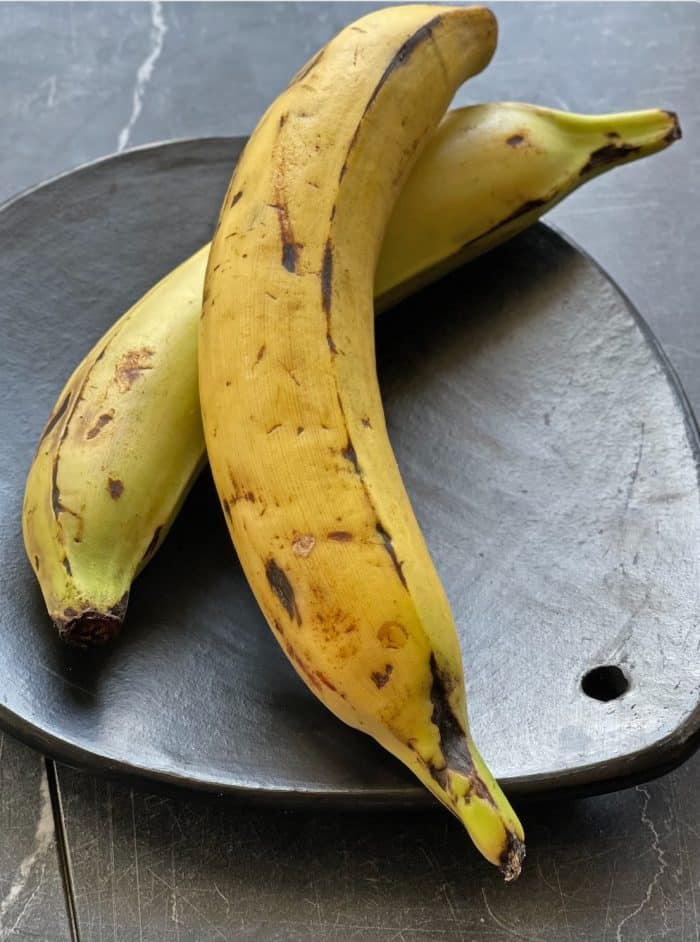
Plantains are esencial to la comida Latina. These fruits (yes, they’re a fruta, even though they can taste savory) are the star ingredient in an enormous variety of dishes from Latinx countries and islands. They are served in mains, sides, desserts and on their own as a snack.
Lots of our favorite recetas sent in by Familia Kitchen’s community of cocineras and cocineros include plantains: like this hearty Dominican stew or sancocho, lasagna-like pastelón, crunchy-salty tostones, melty-sweet maduros from Puerto Rico and the Caribbean, Colombian aborrajados stuffed with queso fresco, mofongo made with chicharrón (pork rinds), and muchos más!

What Exactly Are Plantains: Are They Bananas?
Yup, they’re in the same family. Plantains are a subgroup known as “cooking bananas.”
All bananas grow from rhizomes, horizontal underground stems with lateral shoots. Rather than starting from seeds, bananas grow as the offshoots of these underground stems and can be regrown by replanting a portion of the rhizome.
Plantains must be cooked before eating due to their high starch content. Very ripe yellow, brown or black plantains tend to be sweeter, although many recipes, such as tostones, call for using only the unripe, green plantains—with delicious results.

The Best Way to Prepare Plantains
Methods of cooking plantains include boiling, frying and roasting. El plátano can then be sliced, mashed, pureed, stuffed, or prepared in virtually any other way. Plantain skins are tough and peeled by first cutting off the tips of both ends and making one or two lengthwise slices. Cutting them into thick chunks is key, since too-thin slices will burn quickly and dry out when fried. Generally, chopping them into pieces that are 1 to 2 inches long are ideal to achieve that famous caramelized gold on the outside and juicy deliciousness on the inside.
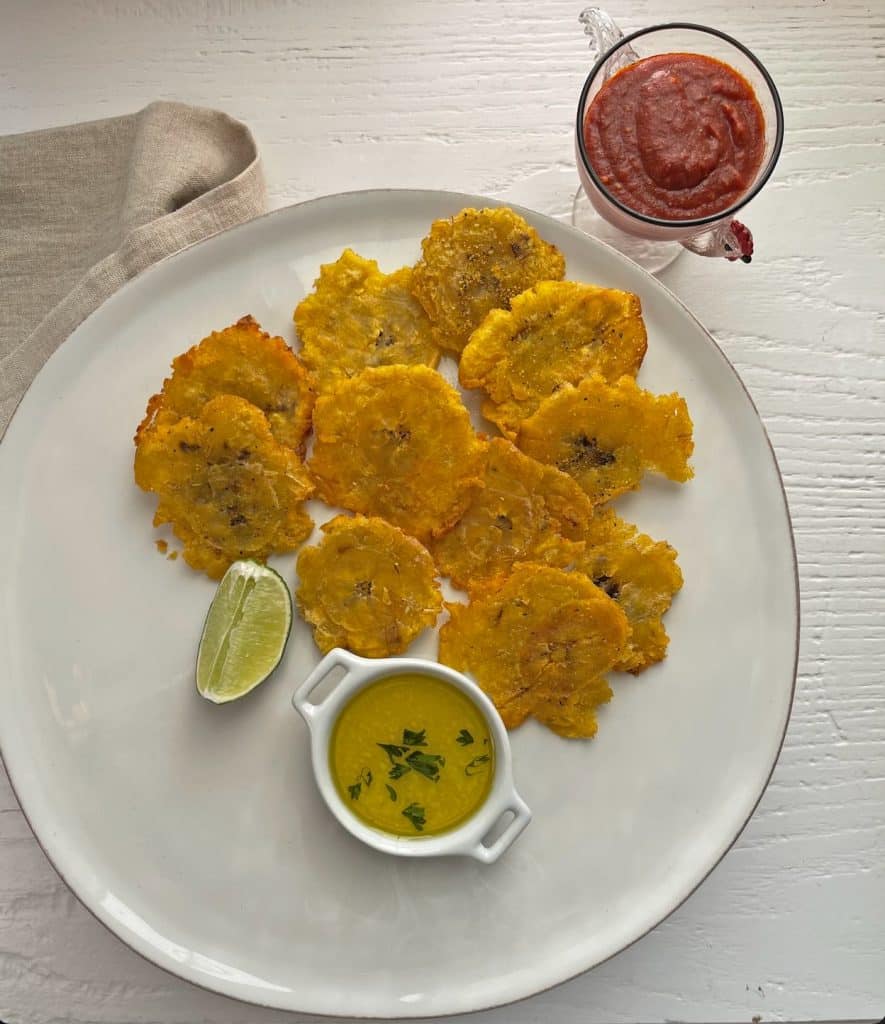
But Are They Healthy?
Yes! Not only do they taste good, plantains are good for our bodies. These delicious and inexpensive fruits are rich in antioxidants and a growing body of studies suggest they may have disease-fighting and anti-inflammatory properties. Plantains are also nutritious, since they are high in vitamins and minerals, like calcium, potassium and magnesium and are high in fiber. So don’t worry: they get a healthy thumbs up from nutritionists, especially when they are not fried. (Which of course is how we like them best.)
How Did this Vérsatil Fruta Get to Latin America?
Plantains were a staple in South-East Asian and African cuisine long before reaching Latinxlandia. Horribly, this fruit’s introduction to the New World was through slavery, when Spanish and Portuguese colonizers in the 16th and 17th centuries forced people from west central and other African regions to labor on plantations and farms. The enslaved brought foods like plantains and yucca, essentials where they came from.
In a totally different take on this food’s history, plantains may have been growing in the Americas as early as 200 B.C., according to this USCS Center for World History study on the history of bananas. We will keep an eye on this study and report any updates.
However they got here, plantains have been an essential part of our daily Latinx diet for more than 500 years. By the 19th century, plantains had been thoroughly integrated into the Latino Americas’ way of cooking and eating. And today, many of our most popular plantain dishes have their roots in the early cuisine of Africa. Take the West African dish fufu—today, it is a signature dish in the cuisine of the Dominican Republic, where it is called mangú; of Cuba, where it is known as fufú; and of Puerto Rico, home to the very similar mofongo.
El plátano is forever stocked in our ancestral food pantry and at the heart of Familia Kitchen’s mission to gather and celebrate recipes inviting us to cook our way home, together. In its honor, we invite you to boil, fry or roast a plantain today—be it green, yellow or almost-black—to feed someone you love.
Ready to Cook with Plantains? Try These Family-Favorite Recipes
MoreLike This

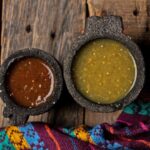




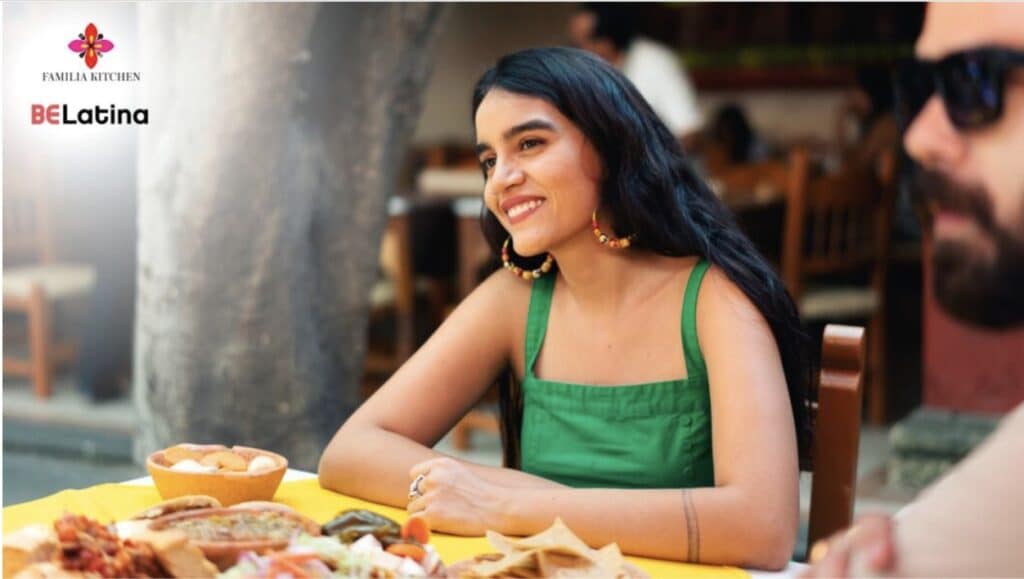
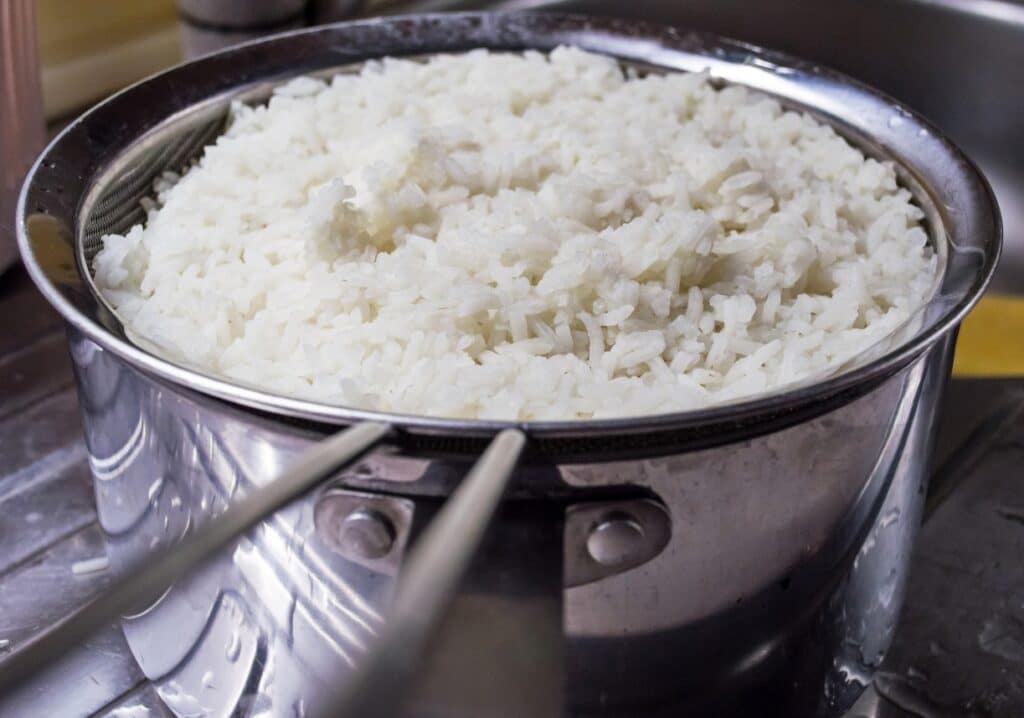

Got a question or suggestion?
Please rate this recipe and leave any tips, substitutions, or Qs you have!